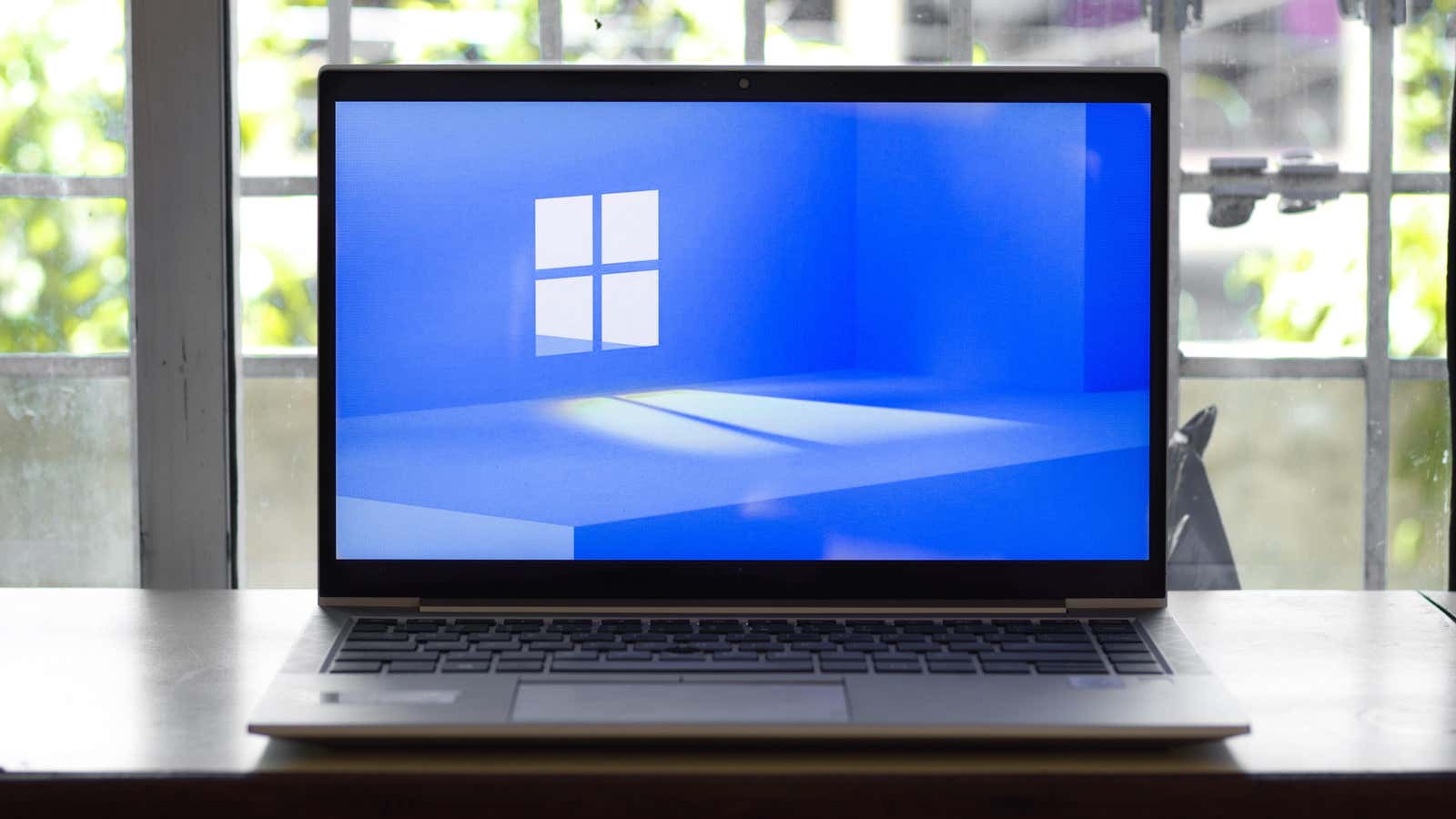Accessibility Features in Windows 11 That Anyone Can Use

Over the past few years, Microsoft has made great strides in making Windows more accessible to a wider audience. Windows 11 has a dedicated Accessibility section designed to help users tailor the display and behavior of the OS to suit their needs. This section is very helpful for users with visual, hearing, or physical disabilities, but anyone can use these accessibility features to improve their Windows 11 experience. Here are a few worth highlighting.
Make more and more
If you wear glasses or just feel uncomfortable staring at a tiny laptop screen all day, try zooming in on everything in Windows 11, from text to user interface.
Go to Settings > Accessibility > Display > Zoom and select a value from 100% to 200%. In particular, if you’re using a 4K display, the 200% scaling mode will make everything nice and big while still being usable.
If you only want to increase the text size, you can do so in Settings > Accessibility > Text Size .
Zoom in quickly with magnifier
Magnifier is an easily accessible zoom tool that can be activated by pressing Windows and the Plus key at the same time. With the magnifier enabled, press the Plus key again to magnify the screen and the mouse to move around the screen. You can keep zooming in or out with the Plus and Minus keys (by holding down the Windows key). When you’re done, press the Windows key + Escape to disable this feature.
Use Night Light to cut down on blue light emissions
Contrary to popular belief, blue light doesn’t necessarily keep you awake at night , and the best way to prevent light from affecting your sleep is to stop using screens at night. However, some find blue light limiters helpful in terms of comfort. If you’re interested, try Windows 11’s Night Light feature. Accessed from the Wi-Fi menu in the taskbar, it instantly adds a full-screen warm filter.
Make your mouse bigger or more colorful
You don’t have to live with the default mouse cursor. Go to Settings > Accessibility > Mouse Pointer to change its size and style. To change its color, click the last option.
You can do the same for the text cursor by going to Settings > Accessibility > Text Cursor .
Use high contrast themes
Windows 11 has a lot of transparent and translucent elements. If you’re having trouble seeing what’s a button and what’s a link, try using one of the high-contrast Windows 11 themes. You can try the simple Dessert theme in a sepia tone with blue highlights, or the Night Sky theme, which is completely black and highlights elements brightly. -yellow. Or click the Edit button to customize your own theme.
Type with your voice
Speech to text has come a long way, as evidenced by the voice typing tool in Windows 11. Windows 11 uses Azure Speech Services to generate text for any speech, including punctuation, so what you say should (hopefully) appear on the page verbatim.
Press Windows key + H or the microphone icon next to the space bar on the touch keyboard to get started. The voice dialing feature recognizes punctuation and special characters, so you can say something like ” open single quote ” and Windows will start the quoted sentence for you. Read more about phrases and supported languages in this document .
Get automatic captions for anything
Windows 11 has automatic subtitles that work for all kinds of videos, TV shows, and movies. You can turn it on at any time using the keyboard shortcut Windows + Control + L , or you can go to Settings > Accessibility > Signatures > Live Signatures . From here, you can also edit the signature style.
Once you press the keyboard shortcut, Windows 11 will automatically start converting the spoken word into live text on the screen.
Let Windows be your storyteller
The Narrator feature in Windows 11 is pretty cool, it lets you perform basic tasks without using a mouse. It is designed for blind or visually impaired users, and as a screen reader, it will read everything on the screen, including text, buttons, and links. You can use the keyboard to navigate and select items.
Start by using the Windows key + Control + Enter . To navigate to Narrator settings, use the keyboard shortcut Windows + Control + N.